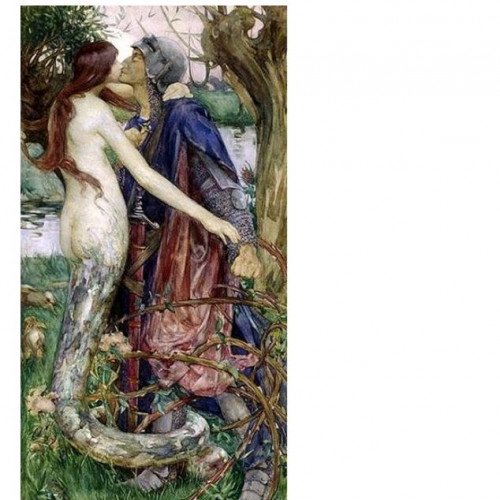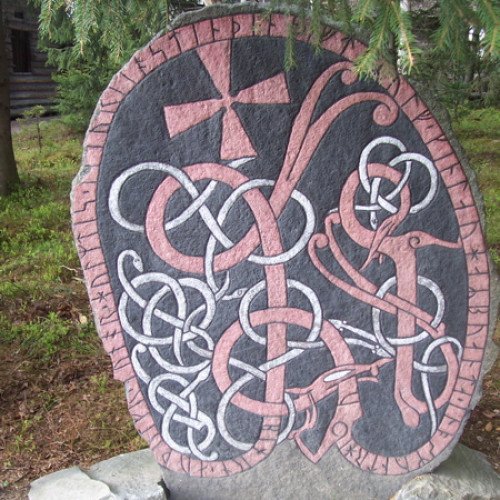Vote on Mythical creatures: Lamia vs Lindworm

Lamia
Lamia (/ˈleɪmiə/; Greek: Λάμια), in ancient Greek mythology, was a child-eating monster and, in later tradition, was regarded as a type of night-haunting daemon. In the earliest stories, Lamia was a beautiful queen of Libya who had an affair with Zeus. Upon learning this, Zeus's wife Hera, forced Lamia to eat her own children, the offspring of her affair with Zeus, and afflicted her with permanent insomnia. Zeus, taking pity on her, endowed Lamia with the gift of prophecy and the ability to temporarily remove her eyes to relieve her sleeplessness. The lamiai also became a type of phantom, synonymous with the empusai who seduced young men to satisfy their sexual appetite and fed on their flesh afterward. An account of Apollonius of Tyana's defeat of a lamia seductress inspired the poem Lamia by Keats. Lamia has been ascribed serpentine qualities, which some commentators believe can be firmly traced to mythology from antiquity, and they have found analogues in ancient texts that could be designated as lamiai (or lamiae) which are part-serpent beings. These include the half-woman, half-snake beasts of the "Libyan myth" told by Dio Chrysostom, and the monster sent to Argos by Apollo to avenge Psamathe (Crotopus). Today, Lamia is used in Greece as a bogeyman to frighten children into obedience, similar to the way parents in Spain, Portugal and Latin America use the Coco.
Statistics for this Xoptio

Lindworm
Lindworm derives from Old High German lint and orm, perhaps from the Proto-Germanic adjective *linþia- meaning "flexible", or perhaps by way of Old Danish/Old Saxon lithi, Old High German lindi, "soft, mild" (German lind, (ge)linde), Old English liðe (English lithe, "agile"). The term occurs in Middle High German as lintwurm and was adopted from German into Scandinavia as Old Swedish lindormber, Danish lindorm. In Icelandic, the term linnormr was used to translate German sources to produce Þiðreks saga (an Old Norse chivalric saga adapted from the Continent from the late 13th c.)Charles Boutell says that, in heraldry, a lindworm is "a dragon without wings".